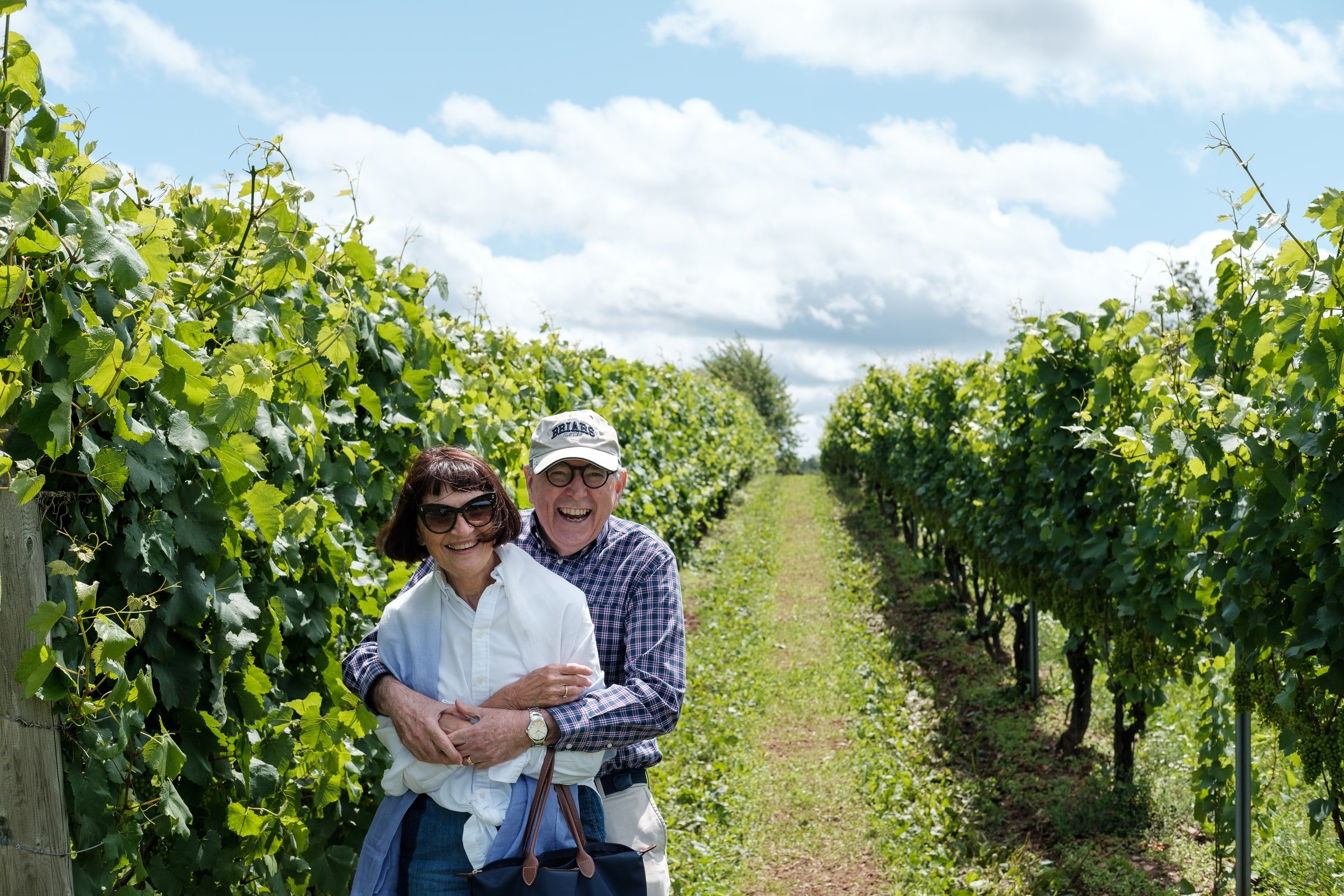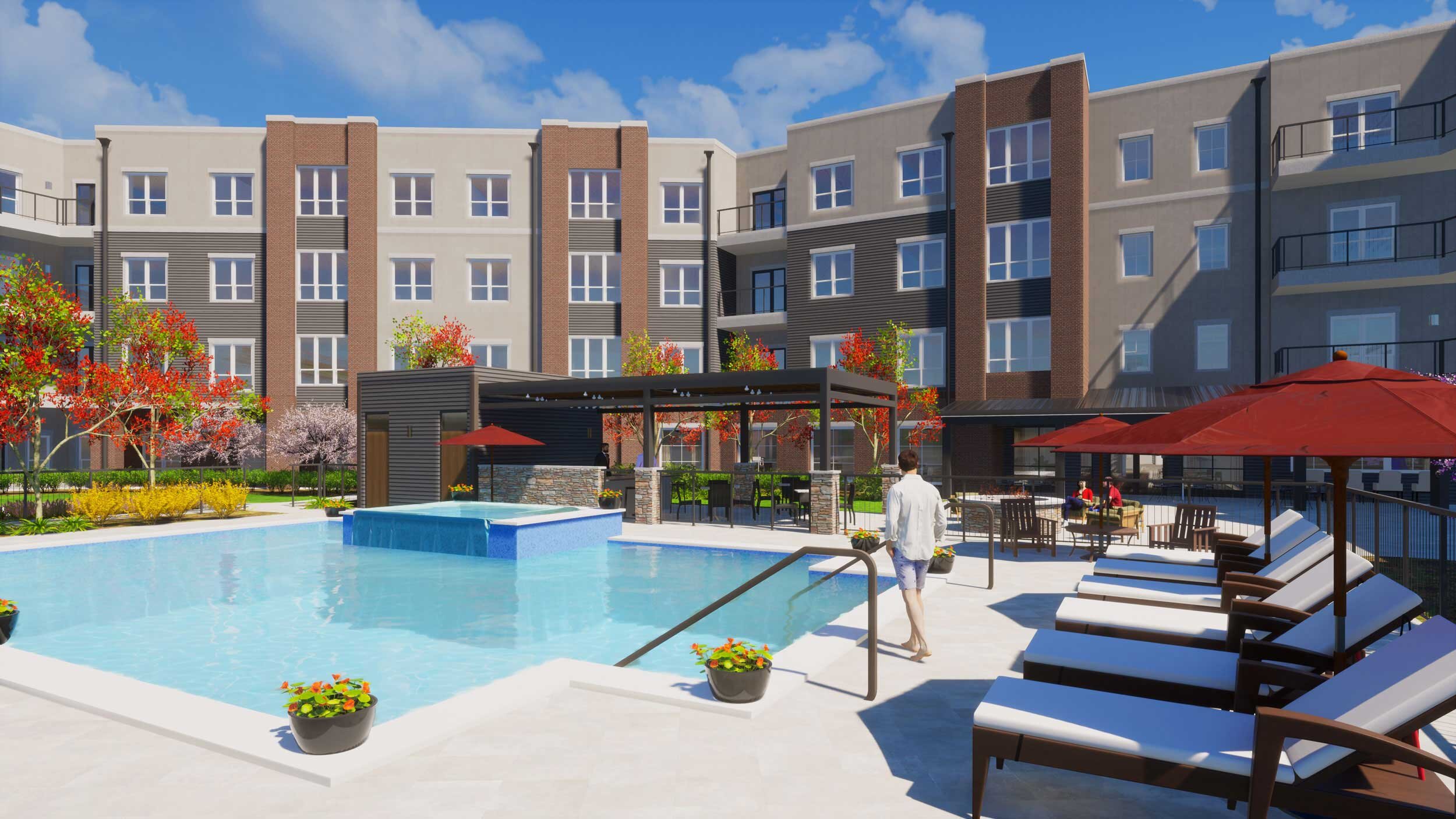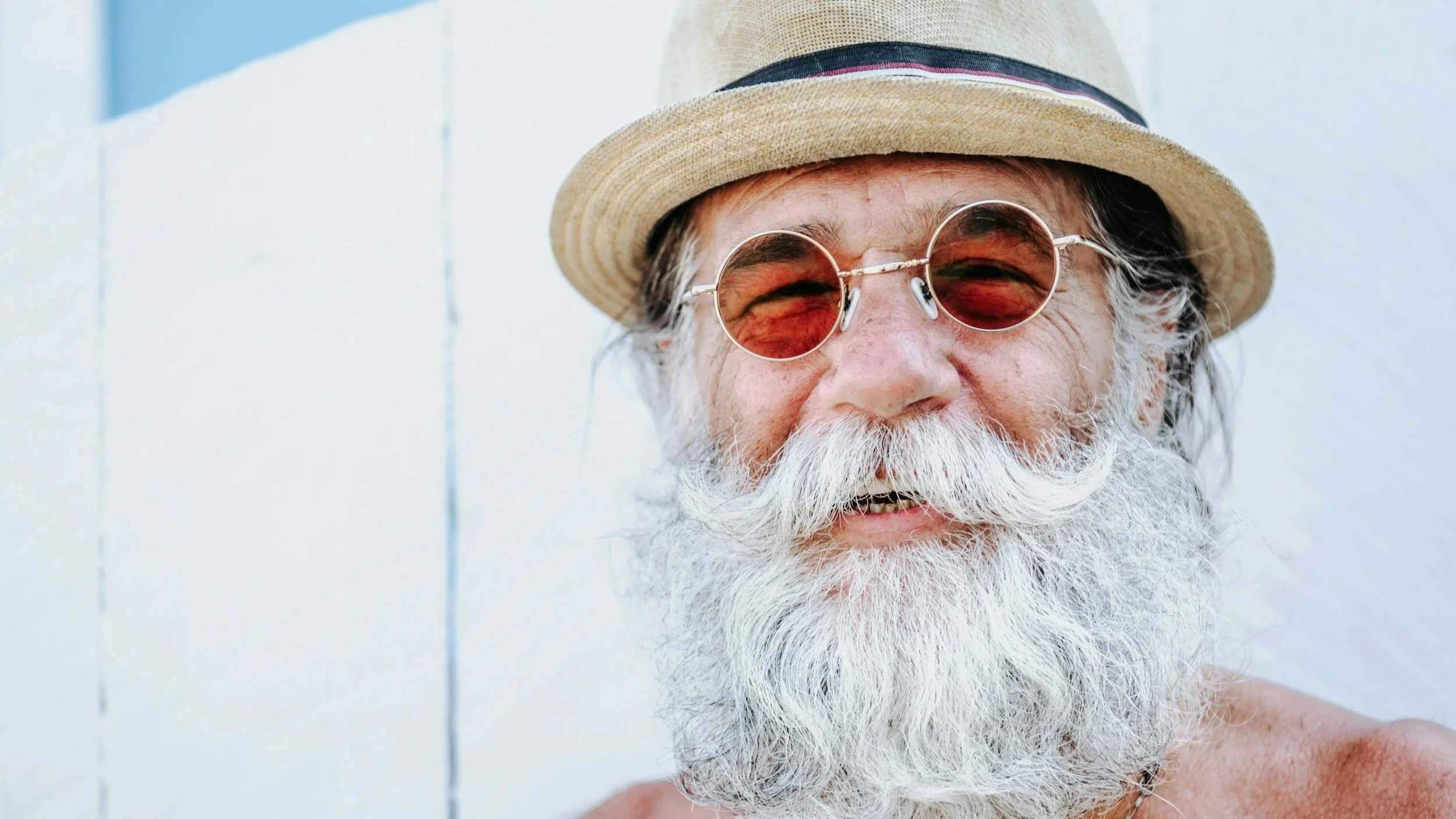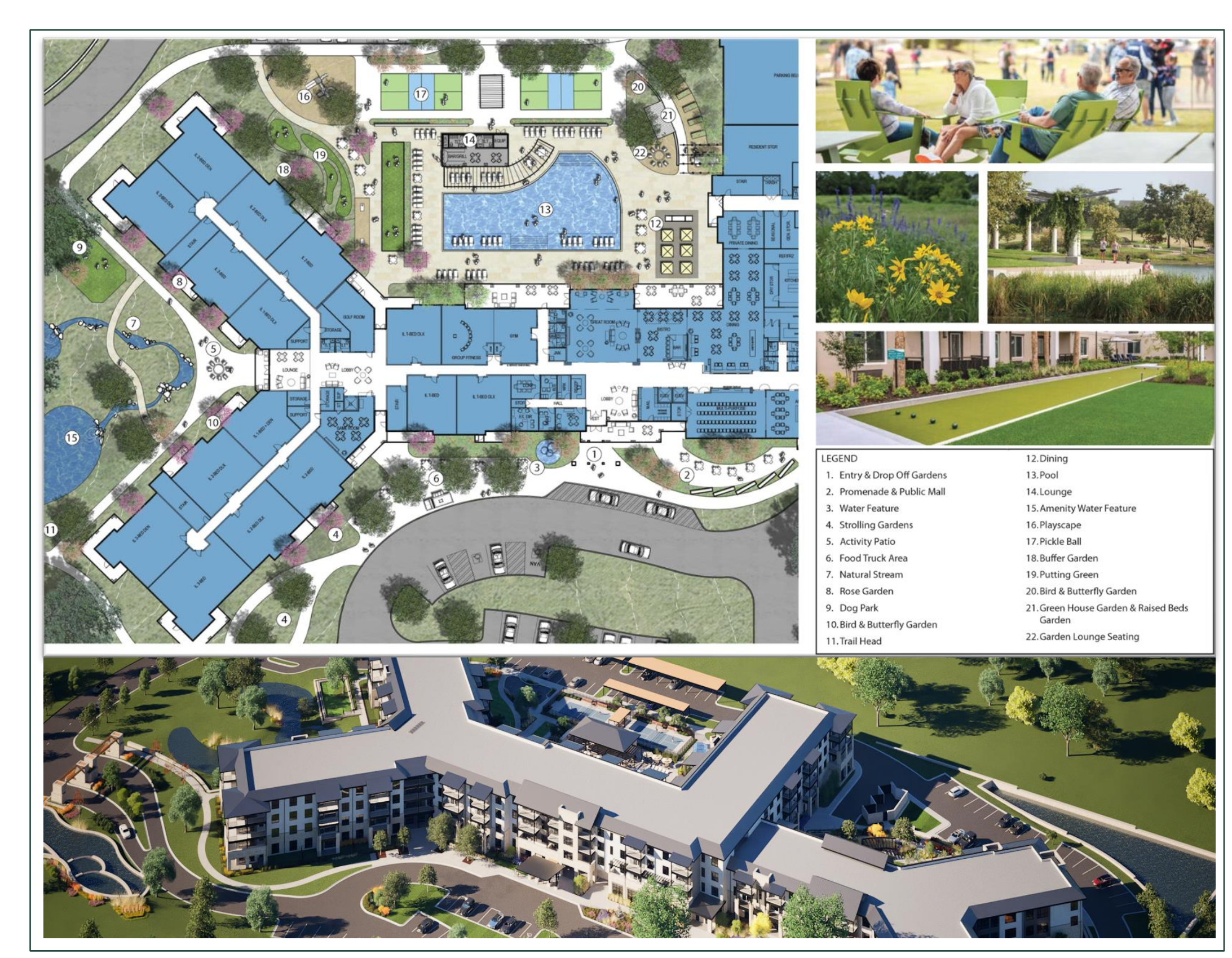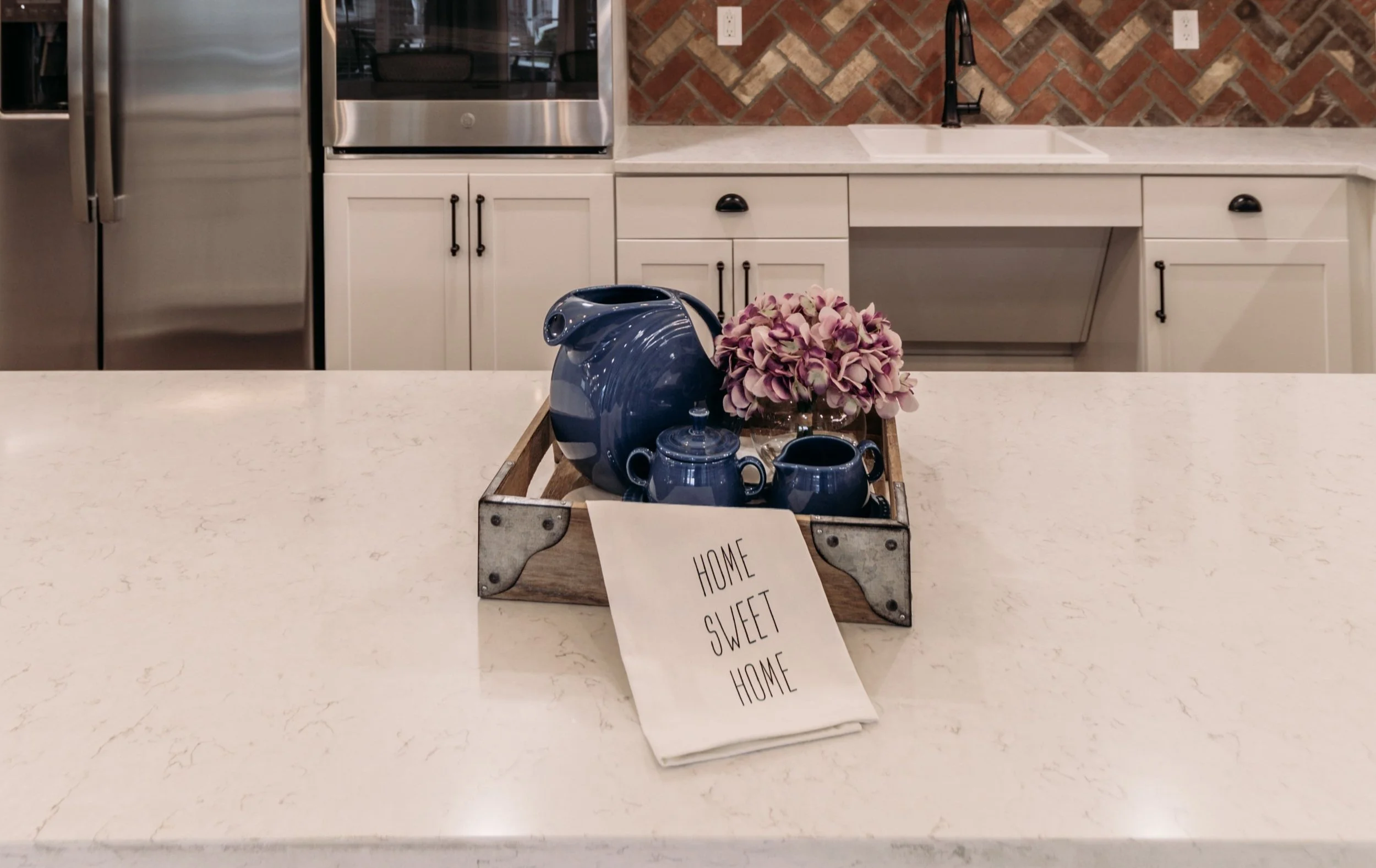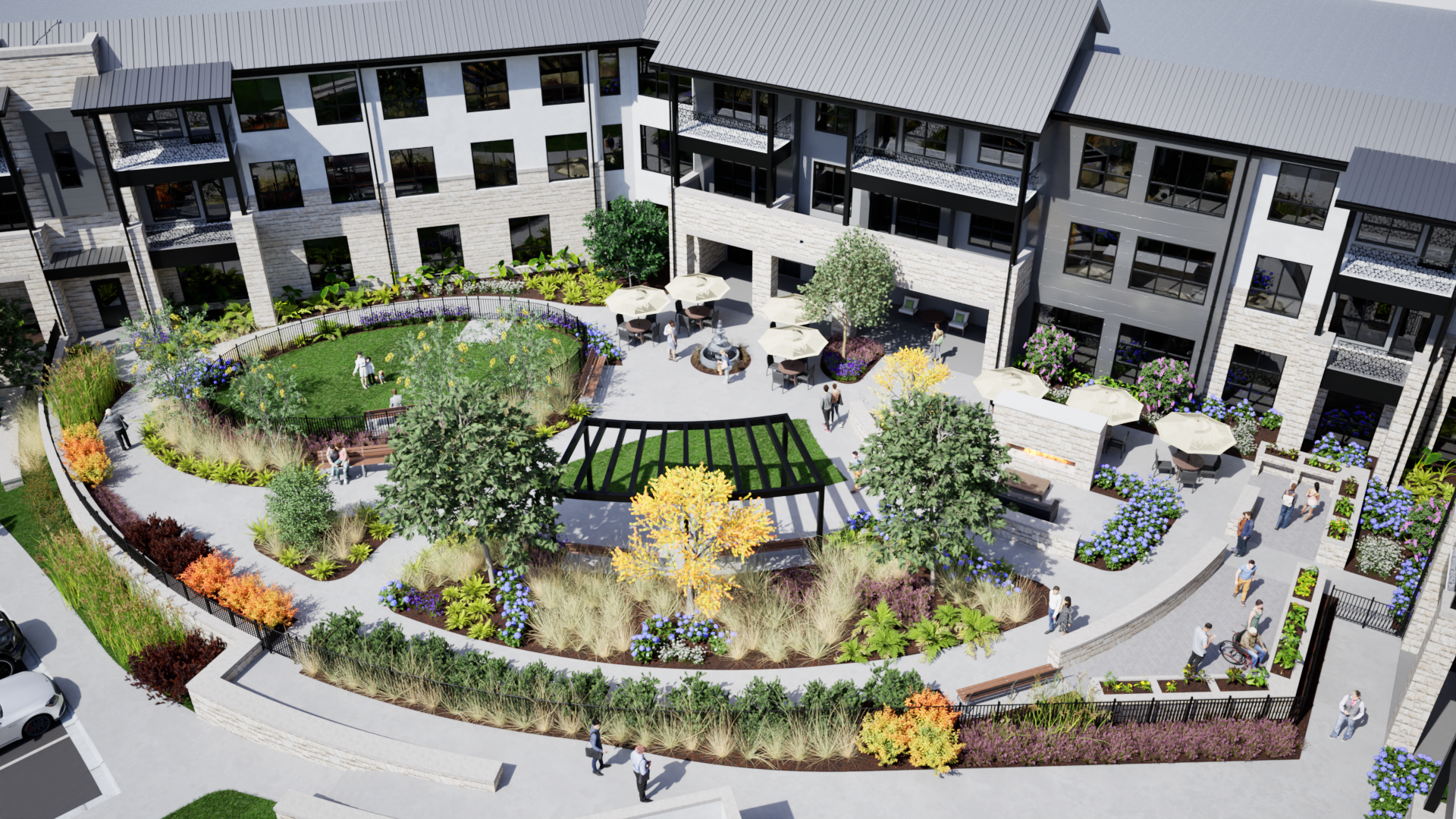How Young at Heart Translates into Great Design
When we design a senior living community, we are thinking about the people who will live there. We try to view the community through their eyes and include features and amenities they want and need. But this requires more than considering their chronological age. We have to think about their subjective age.
In a recent article in Forbes, Alex Zhavoronkov, PhD, an expert in AI for healthcare and longevity biotechnology, wrote, “Also known as subjective age or age identity, an individual’s psychological age is based on whether they perceive themselves as younger or older than their chronological age. Research has certainly demonstrated the important role that emotional wellbeing and subjective age can have on health as people grow older.” He also observed, “Subjective aging is also closely tied with life satisfaction, though, interestingly enough, research suggests that too great a discrepancy between subjective and chronological age can be detrimental as well.”
Communities designed for active seniors clearly need to appeal to those individuals who see themselves as younger. These buildings need to feature a wide array of amenities beyond the traditional game room, dining hall, and living rooms. Try incorporating state-of-the-art fitness centers, dog parks, bike trails, media rooms, pubs, coffee shops, full-service spas, wine bars, and more into your senior living communities.
However, even those older adults who are younger in mind, spirit, and body need aging-friendly features and amenities. This means non-slip flooring, well-lit hallways and rooms, handrails and banisters, and easy movement throughout the buildings with a minimum of stairs. But we have to integrate these features in an aesthetically pleasing and subtle way. Residents don’t want to be constantly reminded about their aging or physical limitations.
In his article, Zhavoronkov observed, “Other psychological factors that have a powerful impact on long-term health and aging include key personality traits such as neuroticism (the degree to which a person experiences the world as threatening and unsafe)….” This is an issue we’ve had to pay tremendous attention to lately. Residents have to feel safe in their homes and communities. For instance, they need to easily and comfortably social distance themselves while also practicing hand hygiene. This means wide hallways, open areas, spaced seating, hand sanitizer dispensers, and sinks in convenient locations. Increasingly, this also means touchless faucets, dryings, doors/entryways, elevators, etc. Again, all of these safety efforts must be subtle and integrated with the design. Residents want to feel safe, but they don’t want to constantly be reminded about potential dangers and health risks they face.
Of course, it is important to realize that subjective aging can vary significantly among various older populations. That is one reason more niche communities designed to appeal to specific ethnic groups, people with the same hobbies, interests, etc. are popping up.
Another factor linked to subjective age deals with “future time perspective,” the amount of time a person feels they have to accomplish important goals in our lives. As people age, they may believe they have less time to tackle their bucket list or realize dreams or goals. However, it is important to design communities where residents feel that they can accomplish what they want. For instance, more and more, we’re seeing business centers or office spaces where residents can work and conduct meetings, fully-equipped art studios and workshops, state-of-the-art theaters, and onsite classrooms and education centers. We’re also seeing residents growing and selling or donating fruits, vegetables, and flowers or tackling other ventures such as doggieday care programs and tutoring/mentoring efforts.
While we can’t stop or turn back the clock, we can create communities that enable people to age in spaces that meet their needs and interests, provide them with the services and amenities they want, reduce stress that makes the body age faster, keep minds and bodies active, and bring them joy and the best possible quality of life. That is a goal with every community we design.
Contact us here or call us at 512-231-1910.

